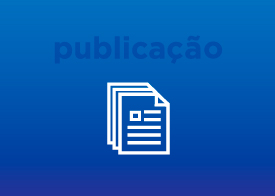A Multioutcrop Sharing and Interpretation System: Exploring 3-D Surface and Subsurface Data
Over the last two decades, rapid technological evolution has brought several advanced solutions for applications in various knowledge areas. Geotechnologies have allowed geoscientists to acquire vast amounts of spatialized digital data, producing equally large data sets. Light detection and ranging (lidar) technology, especially terrestrial laser scanners (TLSs), and the more recent reconstruction techniques that use [...]
